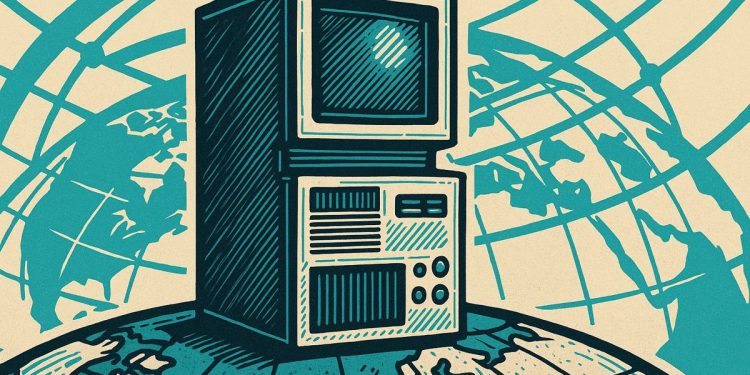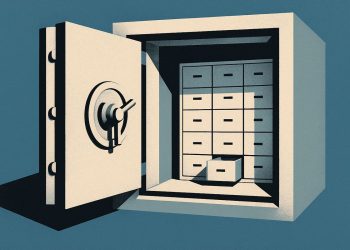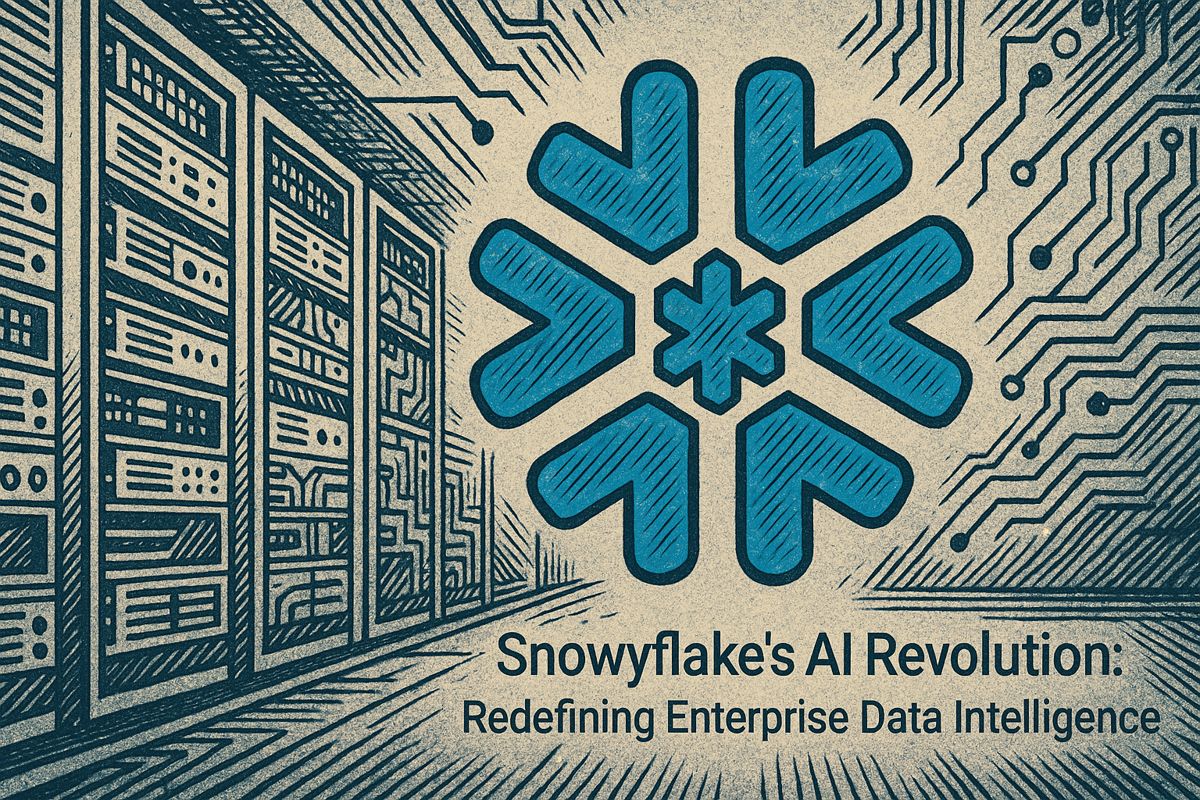Roche has combined its old data systems into one global, cloud-based platform, connecting over 1,000 users in more than 80 countries. This big change lets them use AI to make faster decisions, like recommending what sales teams should do or spotting trends with predictive analytics. Their new system updates data thousands of times each day and cuts costs by 70%. Roche’s approach is helping them lead the pharmaceutical industry by turning complex data into real advantages for both business and healthcare.
How has Roche unified its global data systems to gain a competitive advantage with AI in pharmaceuticals?
Roche consolidated four legacy CRM systems into a single, cloud-based global platform serving over 1,000 users in 80+ countries. This enables real-time AI-powered recommendations, 3,000+ daily data refreshes, 70% cost reduction, and advanced applications like regulatory automation and predictive analytics across its pharmaceutical operations.
Roche, the 130-year-old pharmaceutical giant, has quietly achieved what many legacy enterprises still struggle with: turning fragmented data chaos into a competitive weapon. Over the past 24 months, the company has unified four legacy CRM systems into a single global platform that now serves 1,000+ users across 80+ countries with 3,000+ daily dataset refreshes [1].
The Technical Leap: From Silos to Real-Time AI
The transformation began with a fundamental problem. Roche’s commercial teams operated with disconnected data streams – CRM records, clinical trial participation, publication history, and social media engagement existed in separate silos. This fragmentation meant sales reps often lacked complete customer context, and AI initiatives stalled due to poor data quality.
Roche’s response was systematic:
– Decommissioned 4 legacy platforms through a unified data estate built on cloud infrastructure
– Reduced vendor costs by approximately 70% while improving analytical capabilities [1][3]
– Created 130+ automated data pipelines that process everything from physician engagement metrics to adverse event reports in real-time
AI Integration That’s Actually Working
Unlike pilot projects that never scale, Roche’s AI deployment is live and measurable. Their CRM now provides AI-powered recommendations directly to field teams, suggesting which content to share with healthcare professionals based on previous interactions – think Netflix recommendations, but for pharmaceutical sales [1][2].
More sophisticated applications include:
– Regulatory compliance automation using AI to classify product complaints and adverse events, accelerating reporting accuracy
– Generative AI summarization tools with chatbot capabilities for staff navigating vast data repositories
– Predictive analytics identifying prescription patterns and optimizing sales force allocation [2]
Competitive Context: Where Roche Leads
While competitors focus on point solutions, Roche’s approach is ecosystem-wide. Industry analysis reveals most pharmaceutical companies are still in *2025 * implementing basic AI for sales forecasting [3]. Roche has moved beyond this to:
| Capability | Industry Average | Roche’s Implementation |
|---|---|---|
| Real-time CRM updates | Weekly batches | 3,000+ daily refreshes |
| Data source integration | 3-5 systems | 80+ country datasets |
| AI deployment | Pilot projects | 1,000+ active users |
| Cost reduction focus | Single systems | 70% platform consolidation [1][3] |
The Infrastructure Behind the Magic
The technical foundation uses a data mesh strategy with DataOps.live managing decentralized analytics while maintaining strict governance [3]. This hybrid approach balances the need for self-service analytics with regulatory requirements – crucial for pharmaceutical operations handling sensitive health data.
Key partnerships accelerating implementation:
– AWS infrastructure providing 90% storage cost savings in R&D data management [3]
– AVEVA’s CONNECT data services enabling predictive maintenance and process monitoring with ROI demonstrated in under 3 months [4]
Beyond CRM: The Digital Health Expansion
Roche’s digital ambitions extend far beyond sales optimization. Their navify® platform now integrates diagnostics data across care settings, providing real-time clinical insights that support both operational efficiency and patient outcomes [6][8]. At the recent ADLM 2025 conference, Roche unveiled 8 new diagnostic solutions, including future products like cobas® Mass Spec systems [4][5].
The company’s Movement Health 2030 initiative represents a longer-term play – building sustainable healthcare ecosystems through local partnerships and system-level innovation [3]. This positions Roche not just as a drug manufacturer, but as a digital health infrastructure provider.
What This Means for the Industry
For pharmaceutical executives watching from the sidelines, Roche’s transformation provides a clear blueprint: legacy modernization is achievable, but requires viewing data infrastructure as a product rather than a project. The 70% cost savings didn’t come from cutting corners – it resulted from eliminating redundant systems and creating reusable data assets [1][3].
As Roche continues expanding its digital diagnostics portfolio and AI capabilities, competitors face a choice: invest in similar comprehensive transformations or risk falling behind in an increasingly data-driven pharmaceutical landscape.
Why did Roche consolidate its fragmented CRM systems into a single global platform?
Roche eliminated four legacy CRM platforms that were operating in isolation across more than 80 countries. The old setup created data silos, duplicated vendor contracts, and prevented the company from building a unified view of healthcare professionals (HCPs). By merging these systems, Roche now refreshes 3,000 datasets daily for 1,000+ users and can instantly cross-reference CRM activity with clinical-trial participation, publication history, and social-media engagement. The project delivered an estimated 70 % reduction in vendor costs while laying the groundwork for real-time, AI-driven recommendations inside every sales rep’s workflow.
How does the unified data estate improve AI readiness?
Clean, structured pipelines are a prerequisite for effective AI. Roche’s new platform applies DataOps governance standards and a data-mesh approach so individual teams can publish “data products” without breaking global compliance rules. Since go-live, the company has rolled out:
- AI-powered next-best-action prompts that resemble Netflix-style recommendations for HCP content
- Gen-AI chatbots that summarize complex medical-literature queries in seconds
- Automated pharmacovigilance classification using Amazon Bedrock, cutting manual adverse-event triage time
These capabilities simply were not possible when customer data lived in separate CRM vaults.
What measurable business impact has Roche seen so far?
Beyond 70 % lower infrastructure costs, Roche’s commercial teams report:
- Faster campaign cycle times – weeks instead of months – because data refreshes daily, not quarterly
- Higher rep productivity – early adopters save an average of 4–6 hours per week on report generation
- Improved HCP engagement – initial pilots show double-digit increases in email open rates when content is gen-AI-personalized
ROI was visible within three months, faster than the typical 12-month payback analysts expected for a project of this scale.
How does Roche’s approach compare with industry peers in 2025?
Most large pharma firms are still juggling three to six separate CRM instances, according to recent SDG Group benchmarking. Competitors like Pfizer and Novartis are piloting similar gen-AI pilots, but their underlying data remains fragmented. Roche’s early consolidation gives it a first-mover advantage – the only major player with one global customer ID feeding every AI model across 80+ markets.
What comes next for Roche’s digital-health roadmap?
Building on the ADLM 2025 showcase, Roche will:
- Expand navify® Digital Solutions to connect labs, payers, and telehealth providers in a single ecosystem
- Launch eight additional diagnostic platforms, including AI-integrated mass-spec systems
- Scale Movement Health 2030, a partnership program to co-design digital-care pathways in emerging markets
The company has committed to 20 new medicines by 2030, and the unified data backbone will accelerate every phase from clinical-trial recruitment to post-launch HCP education.
Sources:
– CIO Dive on Roche’s data strategy
– dbt Labs case study


















